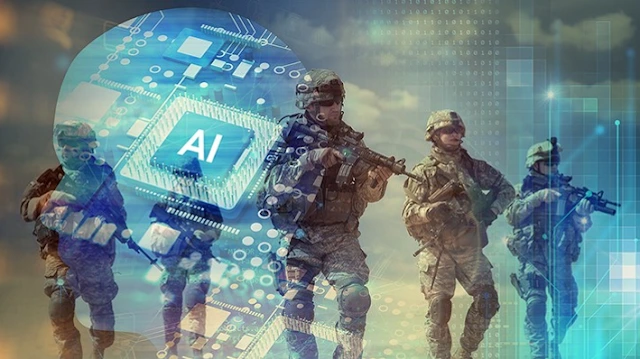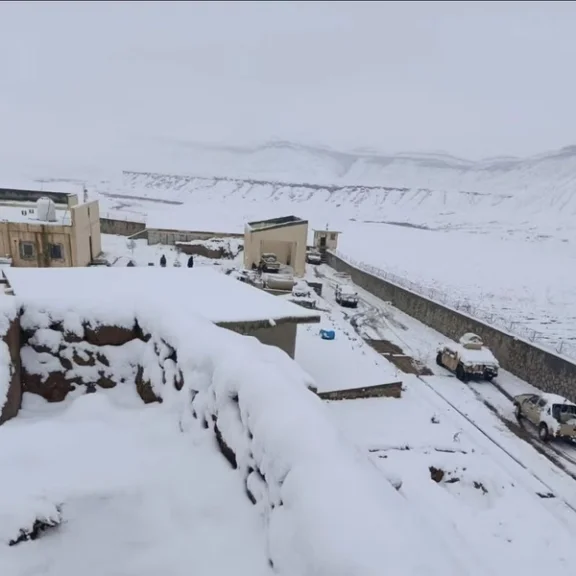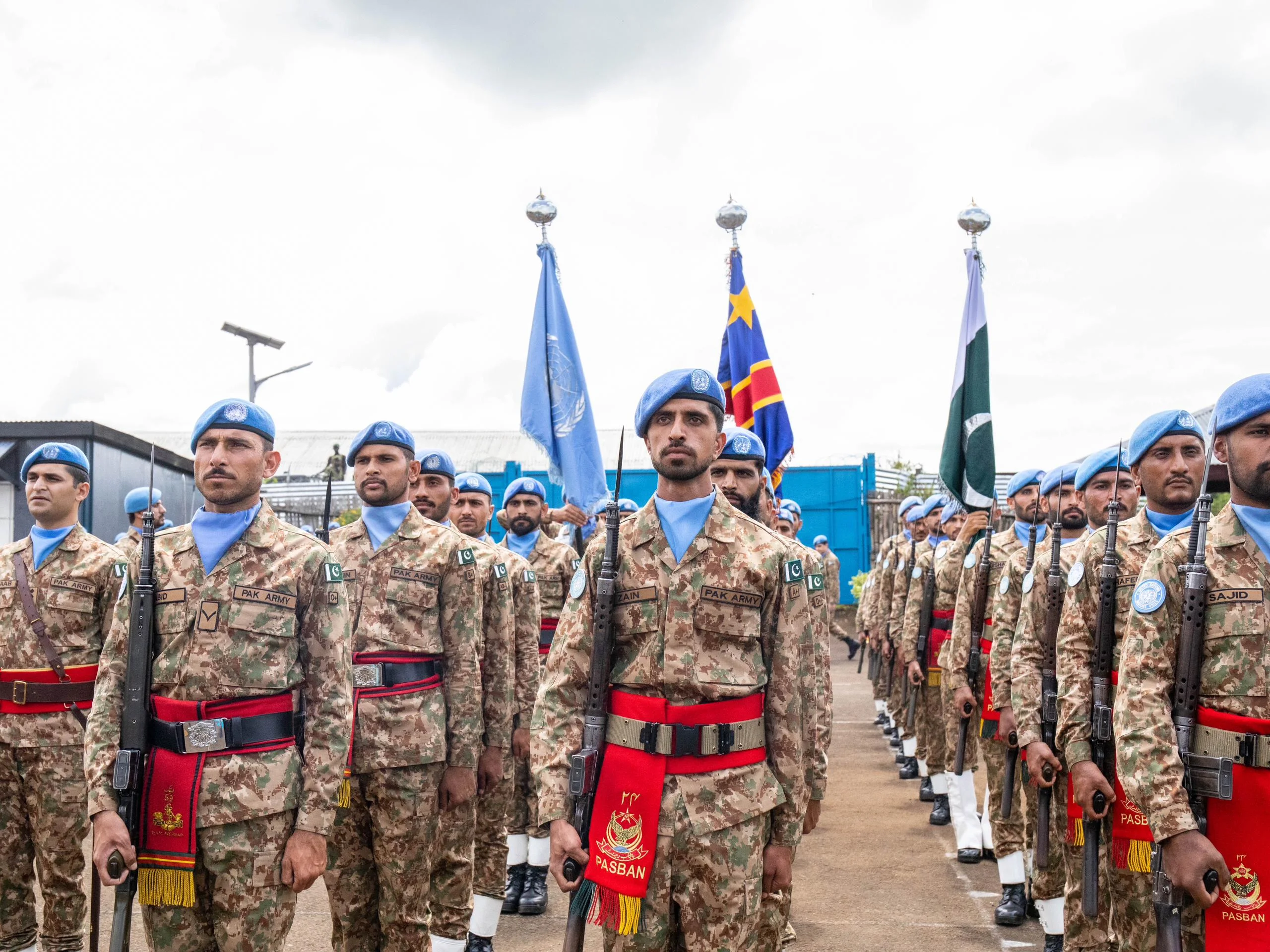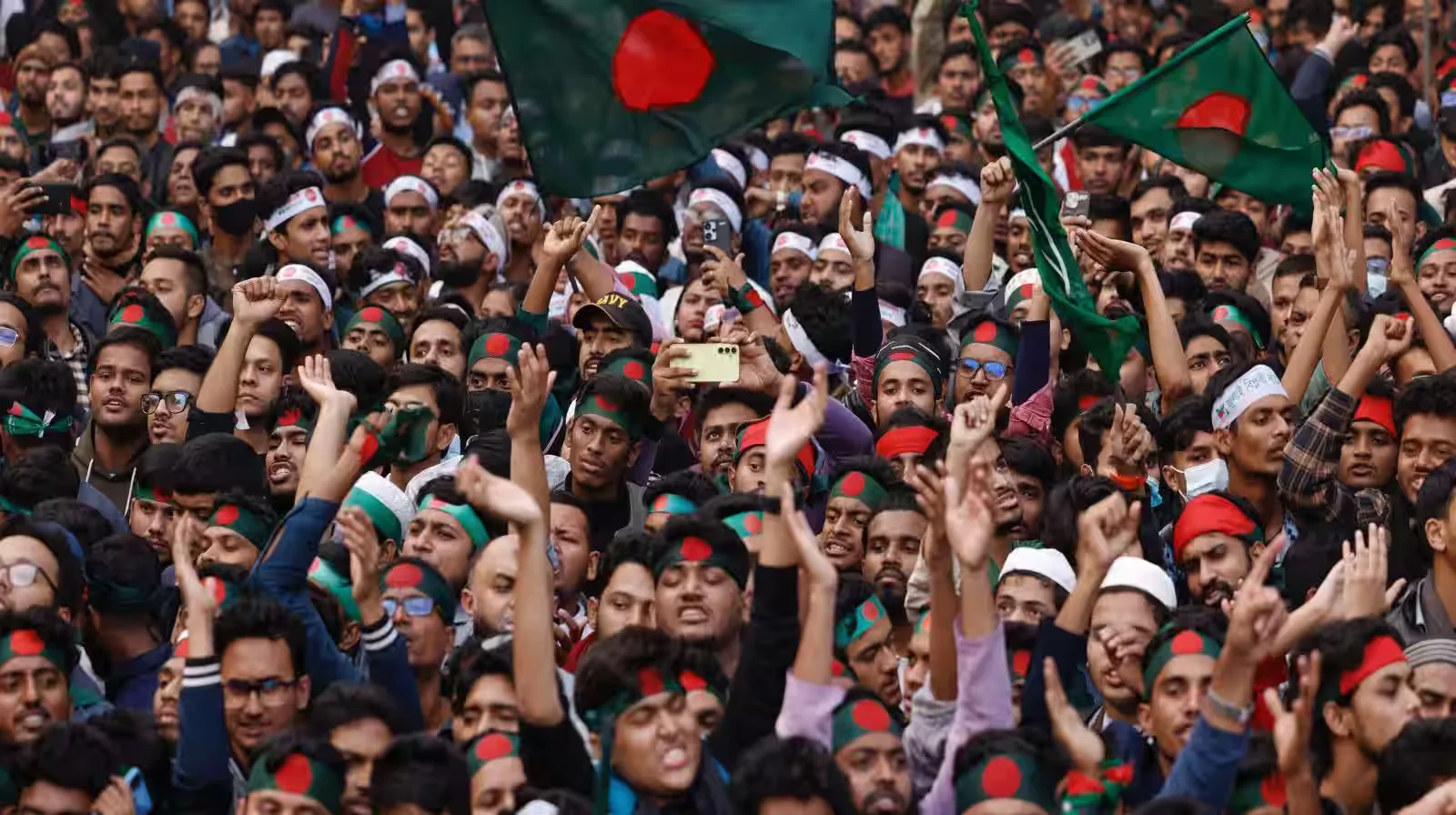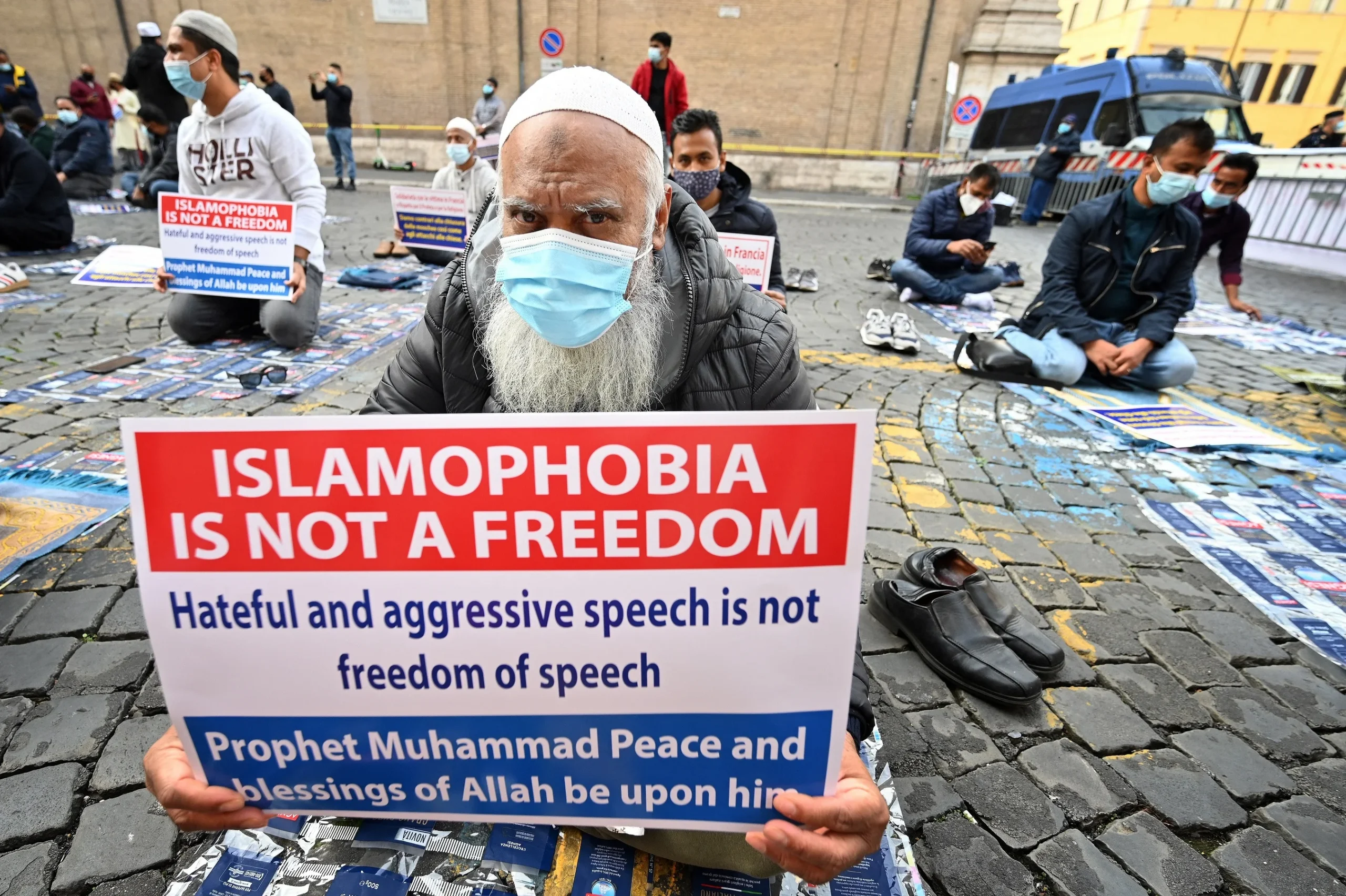History has a way of reminding nations where they come from, and where they stand today. For Pakistan, September 1965 is more than a date. It is a memory etched into the nation’s consciousness. That year, India launched a massive assault across our several borders, believing numbers and firepower would crush a young country still struggling to find its feet. Yet the battlefield told another story. Tanks clashed in Sialkot in what became one of the largest tank battles since World War II, fighter jets dogfought over Lahore, and our young and brave soldiers wrote their names in blood, valor and pride, a story which must be saved for another time. It was a conventional war, armies against armies, territory contested in open combat, and diplomacy following in its shadow.
Pakistan emerged from that trial with victory and also with a renewed sense of unity. For ordinary citizens, the defense of Lahore was not just a military episode but a lived reality, they built barricades, sang on the radio, and volunteered for the cause. Victory then was measured in square miles defended, bridges held, and enemy advances repelled. The 1965 war symbolized the clarity of conventional warfare, the frontlines were visible, the enemy recognizable, and the outcomes tangible.
But as the decades passed, the geometry of conflict shifted. In 1974, India tested its first nuclear device, altering South Asia’s security calculus. Pakistan, compelled by survival and balance, pursued its own deterrent and succeeded in 1998. The nuclear parity created a paradox. On one hand, it reduced the likelihood of another 1965-style full-scale war, since any miscalculation risked mutual destruction. On the other hand, it opened the gates to subtler, more insidious battlefields. When tanks became too risky to deploy, information, proxies, and economic levers became the weapons of choice.
Today, Pakistan does not face a single visible front. Instead, it lives under the pressure of hybrid warfare, where enemies attack not by crossing borders with battalions, but by slipping into the bloodstream of society itself. This shift is not hypothetical it is visible in our politics, our economy, and even in the narratives that shape global opinion about Pakistan.
Take disinformation. Where 1965’s propaganda came from radio sets blaring patriotic songs, today’s battlefield is the algorithm. The 2020 revelations by EU DisinfoLab uncovered a network of more than 750 fake media outlets linked to Indian interests, systematically working to discredit Pakistan’s image abroad. These outlets recycled content, forged connections to legitimate institutions, and amplified hostile narratives across 119 countries. Unlike the roar of an advancing tank, this warfare is silent, whispers in Brussels, policy briefs in Geneva, digital campaigns across continents. Yet the intent remains the same as in 1965, to weaken Pakistan’s resolve and erode its credibility.
The use of proxy groups recalls another historical parallel. Just as 1965 saw infiltrations across the Line of Control, modern Pakistan faces groups like the Balochistan Liberation Army (BLA) and Balochistan Liberation Front (BLF). These organizations, nurtured and financed by hostile designs, strike not at enemy soldiers but at our own civilians, infrastructure, and law enforcers. From attacks on Chinese engineers to assaults on Gwadar port facilities, these actions are designed to sabotage Pakistan’s economic lifelines and regional partnerships. Their bombs are messages aimed at fracturing national morale and stunting development.
Read Also: The Afghan Vacuum: India’s Hybrid War Against Pakistan
And where once Pakistan’s economy in wartime depended on rationing and resilience, today it is targeted by far more sophisticated levers. The Financial Action Task Force (FATF) grey-listing between 2018 and 2022 became an economic chokehold, restricting investment and slowing growth. Former Indian officials publicly acknowledged lobbying to keep Pakistan under pressure. This was not the embargo of an old-fashioned blockade it was modern siege warfare, enforced in boardrooms and global regulatory platforms. It demonstrated how economic policy has become a new frontline of national security.
Even internally, hybrid war gnaws at the seams. Movements like the Pashtun Tahafuz Movement (PTM), though rooted in real grievances, have often been amplified in ways that dovetail with adversarial agendas. Their rhetoric, echoed by hostile outlets abroad, often blurs the line between advocacy and exploitation. Where 1965 saw the citizenry united by radio broadcasts calling for defense, today’s divisions are deepened by manipulated narratives online. Unity itself has become a contested terrain.
Hybrid warfare, therefore, is not about a single battle or campaign it is about attrition in every sphere of life. Its genius lies in avoiding the visible thresholds that trigger conventional responses. No declaration of war is made, yet the pressure is relentless. No tanks cross the border, yet confidence in institutions erodes. No fighter jets roar overhead, yet the economy is destabilized. For a nation forged in conventional wars, the subtlety of hybrid threats poses an unprecedented challenge.
This evolution demands that Pakistan rethink what defense truly means. In 1965, the military was the heart of resistance. Soldiers bore the brunt of battle while the nation stood behind them. Today, the military remains vital, but resilience must be distributed across the entire fabric of society. After the persistent incidents of campuses exploited for terrorist culmination purposes, disinformation targeting every fiber of society, the external efforts to undermine Pakistan’s economic stability and a society delved in mistrust against its very own people, the imperative in that case is that defense should be fought in universities where narratives are challenged with facts; in cyber cells where disinformation campaigns are countered; in financial reforms that blunt external coercion; and in communities where unity resists exploitation. A whole-of-nation approach has to be employed in such great times of great crises and multi-front wars.
The lesson of 1965 still holds as courage and unity can turn this tide. But our people must understand that in hybrid warfare, bravery is not only measured in trenches, it is also measured in a journalist debunking a falsehood, an engineer protecting digital infrastructure, a policymaker resisting coercion, or a citizen rejecting sectarian manipulation. It is measured in the quiet but decisive refusal to allow divisions to be weaponized.
As we remember 1965, we must see it not as a closed chapter but as a reminder of continuity. The faces of war have changed, but the imperative remains: Pakistan must adapt, resist, and endure. Where tanks once defined our defense, today it is resilience across all domains that will decide whether we stand as strong as we did in 1965. The challenge is more complex, the battlefields more diffuse, but the spirit of resistance, born in 1965, remains the most vital weapon Pakistan possesses.

